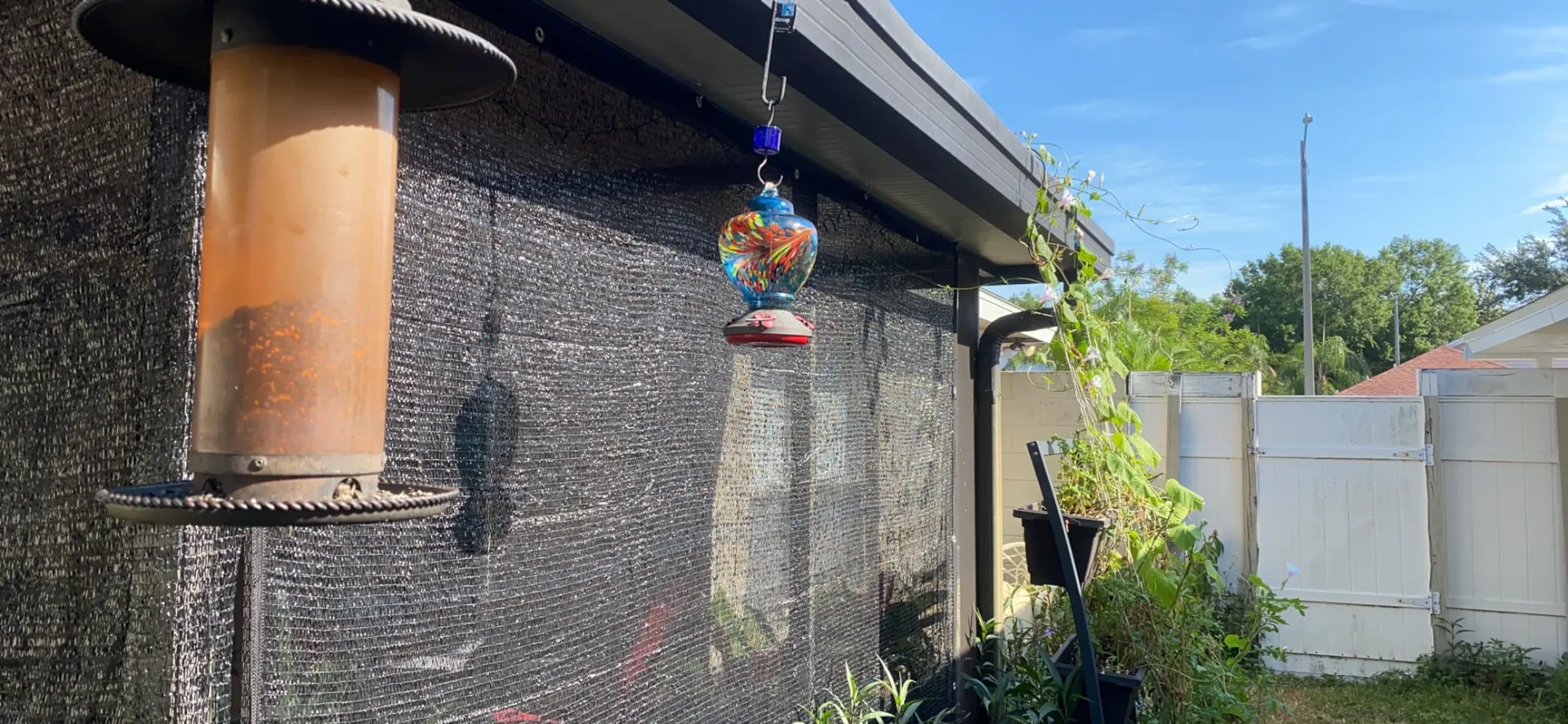-
 Afrikaans
Afrikaans -
 Albanian
Albanian -
 Amharic
Amharic -
 Arabic
Arabic -
 Armenian
Armenian -
 Azerbaijani
Azerbaijani -
 Basque
Basque -
 Belarusian
Belarusian -
 Bengali
Bengali -
 Bosnian
Bosnian -
 Bulgarian
Bulgarian -
 Catalan
Catalan -
 Cebuano
Cebuano -
 China
China -
 Corsican
Corsican -
 Croatian
Croatian -
 Czech
Czech -
 Danish
Danish -
 Dutch
Dutch -
 English
English -
 Esperanto
Esperanto -
 Estonian
Estonian -
 Finnish
Finnish -
 French
French -
 Frisian
Frisian -
 Galician
Galician -
 Georgian
Georgian -
 German
German -
 Greek
Greek -
 Gujarati
Gujarati -
 Haitian Creole
Haitian Creole -
 hausa
hausa -
 hawaiian
hawaiian -
 Hebrew
Hebrew -
 Hindi
Hindi -
 Miao
Miao -
 Hungarian
Hungarian -
 Icelandic
Icelandic -
 igbo
igbo -
 Indonesian
Indonesian -
 irish
irish -
 Italian
Italian -
 Japanese
Japanese -
 Javanese
Javanese -
 Kannada
Kannada -
 kazakh
kazakh -
 Khmer
Khmer -
 Rwandese
Rwandese -
 Korean
Korean -
 Kurdish
Kurdish -
 Kyrgyz
Kyrgyz -
 Lao
Lao -
 Latin
Latin -
 Latvian
Latvian -
 Lithuanian
Lithuanian -
 Luxembourgish
Luxembourgish -
 Macedonian
Macedonian -
 Malgashi
Malgashi -
 Malay
Malay -
 Malayalam
Malayalam -
 Maltese
Maltese -
 Maori
Maori -
 Marathi
Marathi -
 Mongolian
Mongolian -
 Myanmar
Myanmar -
 Nepali
Nepali -
 Norwegian
Norwegian -
 Norwegian
Norwegian -
 Occitan
Occitan -
 Pashto
Pashto -
 Persian
Persian -
 Polish
Polish -
 Portuguese
Portuguese -
 Punjabi
Punjabi -
 Romanian
Romanian -
 Russian
Russian -
 Samoan
Samoan -
 Scottish Gaelic
Scottish Gaelic -
 Serbian
Serbian -
 Sesotho
Sesotho -
 Shona
Shona -
 Sindhi
Sindhi -
 Sinhala
Sinhala -
 Slovak
Slovak -
 Slovenian
Slovenian -
 Somali
Somali -
 Spanish
Spanish -
 Sundanese
Sundanese -
 Swahili
Swahili -
 Swedish
Swedish -
 Tagalog
Tagalog -
 Tajik
Tajik -
 Tamil
Tamil -
 Tatar
Tatar -
 Telugu
Telugu -
 Thai
Thai -
 Turkish
Turkish -
 Turkmen
Turkmen -
 Ukrainian
Ukrainian -
 Urdu
Urdu -
 Uighur
Uighur -
 Uzbek
Uzbek -
 Vietnamese
Vietnamese -
 Welsh
Welsh -
 Bantu
Bantu -
 Yiddish
Yiddish -
 Yoruba
Yoruba -
 Zulu
Zulu
rubble netting
Rubble Netting A Critical Tool for Erosion Control and Slope Stabilization
In recent years, the challenges associated with soil erosion and slope instability have garnered increasing attention from environmentalists, engineers, and urban planners alike. Among the various methods available to combat these issues, rubble netting has emerged as an effective and versatile solution. This technique involves the use of mesh or netting systems, often filled with stones or rubble, to stabilize slopes, prevent soil erosion, and promote vegetation growth.
What is Rubble Netting?
Rubble netting is a method in geotechnical engineering that utilizes a network of biodegradable or synthetic nets to secure loose materials, such as rocks and soil, on sloping terrains. These nets are typically made from high-strength materials that provide adequate support while allowing water, air, and sunlight to penetrate, thereby facilitating the growth of vegetation. The rubble used in this system can be sourced locally, making it a sustainable option in many cases.
Applications of Rubble Netting
One of the primary applications of rubble netting is in civil engineering projects, particularly those involving roadway construction, hillside development, and landscaping. Slopes that are prone to erosion, especially in areas with heavy rainfall or seismic activity, can benefit tremendously from this technique. By stabilizing slopes, rubble netting minimizes the risk of landslides, protects infrastructure, and ensures the safety of communities.
Furthermore, rubble netting plays a significant role in the rehabilitation of degraded lands
. Areas that have undergone deforestation, mining, or other disruptive activities often suffer from soil erosion and loss of biodiversity. By implementing rubble netting systems, these areas can be restored more effectively, allowing for the re-establishment of healthy ecosystems.Environmental Benefits
rubble netting

Beyond its structural advantages, rubble netting offers numerous environmental benefits. The use of natural materials in this system promotes sustainability, as it often incorporates local stones and vegetation in its design. The nets not only hold soil in place but also act as a foundation for plant growth. Through the establishment of vegetation, rubble netting contributes to biodiversity, enhances soil quality, and aids in water filtration.
Moreover, the netting can reduce surface runoff, allowing water to infiltrate the soil rather than washing it away. This process is vital for maintaining groundwater levels and supporting local aquifers. Additionally, the increased vegetation cover resulting from rubble netting helps in carbon sequestration, thereby contributing to efforts against climate change.
Challenges and Considerations
Despite its many advantages, rubble netting does present some challenges. The effectiveness of the system can be influenced by various factors, including the slope's steepness, soil type, and climate conditions. Furthermore, proper installation and maintenance are crucial to ensure longevity and functionality. If the nets become damaged or if vegetation fails to take root, the system may lose its ability to control erosion effectively.
Another consideration is that while natural nets are biodegradable, synthetic options can contribute to plastic waste if not chosen carefully. Therefore, selecting the right materials and ensuring their sustainability should always be a priority during the planning phases of a project.
Conclusion
Rubble netting is an innovative approach to addressing the pressing issues of soil erosion and slope instability. By combining engineering principles with environmental stewardship, this technique not only protects infrastructure but also enhances ecological integrity. As communities continue to face challenges posed by climate change and land degradation, leveraging solutions like rubble netting will be essential for promoting resilience and sustainability in our landscapes. As our understanding of these systems improves, so too will our ability to implement them effectively, securing a safer and greener future.
-
Shipping Plastic Bags for Every NeedNewsJul.24,2025
-
Safety Netting: Your Shield in ConstructionNewsJul.24,2025
-
Plastic Mesh Netting for Everyday UseNewsJul.24,2025
-
Nylon Netting for Every UseNewsJul.24,2025
-
Mesh Breeder Box for Fish TanksNewsJul.24,2025
-
Expanded Steel Mesh Offers Durable VersatilityNewsJul.24,2025











